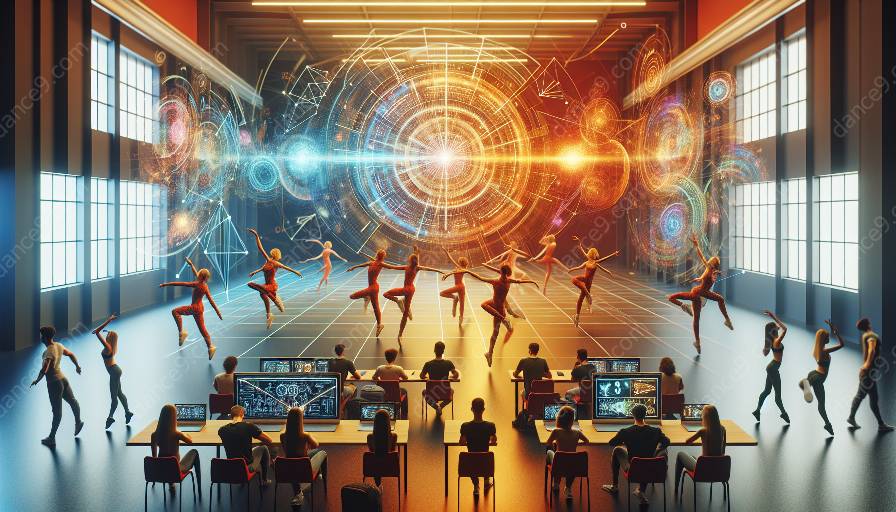Augmented reality (AR) has the potential to revolutionize the way dance history and theory are taught, providing an immersive and interactive learning experience. By seamlessly integrating virtual elements into the physical world, AR enables students to engage with historical and theoretical dance concepts in a dynamic and captivating manner.
Utilizing Augmented Reality in Dance Education
Augmented reality in dance education presents an opportunity to enhance the understanding of historical and theoretical aspects of dance. By incorporating AR technology, educators can create a multifaceted learning environment that combines visual, auditory, and kinesthetic elements, catering to diverse learning styles.
Immersive Exploration of Dance History
AR can transport students to different historical eras, allowing them to witness iconic dance performances, explore the evolution of dance styles, and connect with influential choreographers and dancers. Through AR-enhanced experiences, students can gain a deeper appreciation for the cultural and artistic contexts that have shaped dance history.
Interactive Learning Modules
AR can be used to develop interactive modules that guide students through the theoretical foundations of dance, such as the analysis of choreographic principles, dance notation systems, and critical interpretations of historical dance works. These modules can offer hands-on activities and simulations, fostering active participation and critical thinking.
Integration of Augmented Reality and Technology
The integration of AR technology with existing dance and technology initiatives further enriches the learning experience. By combining AR with motion capture, 3D modeling, and virtual reality, educators can create comprehensive educational tools that bring dance history and theory to life.
Enhancing Kinesthetic Understanding
AR applications can provide innovative methods for teaching kinesthetic concepts, enabling students to visualize and interact with movement principles, spatial dynamics, and choreographic structures. This holistic approach supports the embodiment of theoretical concepts, fostering a deeper understanding of dance theory.
Collaborative AR Projects
Collaborative projects leveraging AR technology encourage students to explore interdisciplinary connections between dance, technology, and historical contexts. By working together to create AR-enhanced performances or presentations, students can develop teamwork, creative problem-solving, and technological proficiency.
Engaging Pedagogical Approaches
Incorporating AR into dance history and theory education necessitates thoughtful pedagogical strategies that prioritize engagement, critical inquiry, and inclusive learning. By leveraging AR as an educational tool, educators can adopt the following pedagogical approaches:
- Contextualization and Relevance: Situating historical and theoretical content within contemporary contexts through AR experiences, fostering relevance and cultural understanding.
- Personalized Learning: Tailoring AR activities to accommodate individual learning preferences, allowing students to engage with material in a manner that resonates with their unique perspectives.
- Reflective Practices: Encouraging students to document and reflect on their AR experiences, promoting metacognition and critical analysis of historical and theoretical dance concepts.
- Multimodal Instruction: Designing AR-enhanced lessons that incorporate diverse modes of representation, accommodating visual, auditory, and kinesthetic learning styles.
- Interdisciplinary Connections: Facilitating connections between dance history, theory, and related disciplines, such as technology, cultural studies, and arts advocacy through AR-integrated explorations.
In conclusion, the pedagogical strategies for using augmented reality to teach dance history and theory offer a transformative approach to engaging students in the exploration of dance's rich cultural heritage and theoretical underpinnings. By integrating AR into dance education, educators can create immersive, interactive, and inclusive learning experiences that foster a deep appreciation for the art form and its historical significance.

































